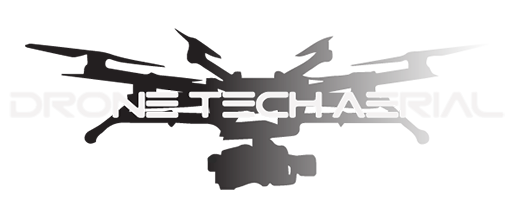The DJI Inspire 2 and the Mavic 3 Pro are both professional-grade drones that are well-suited for commercial production, as well as other applications.But which camera system is right for your shoot? Here are some key differences between the two drones:
- Size and portability: The Mavic 3 Pro is a smaller and more portable drone than the DJI Inspire 2, making it a good choice for projects that require a lot of travel or on-location shooting. The Inspire 2 is a larger drone that may be more suited for use in fixed locations or for projects that require a higher payload capacity.
- Payload capacity: The DJI Inspire 2 has a payload capacity of up to 6 pounds, while the Mavic 3 Pro has a payload capacity of up to 1 pound. This means that the Inspire 2 is capable of carrying larger cameras like the X7 super35mm camera and other equipment, while the Mavic 3 Pro uses an integrated micro 4/3 camera with a fixed lens.
- Flight performance: The DJI Inspire 2 has a top speed of 58 mph and can ascend at a rate of 16.4 ft/s, making it capable of capturing fast-moving subjects and dynamic shots. The Mavic 3 Pro has a top speed of 45 mph and a maximum ascent rate of 16.4 ft/s, which may be more suitable for some applications.
- Camera and video quality: The DJI Inspire 2 is compatible with the DJI X7 camera, which has a Super 35mm CMOS sensor and a range of interchangeable lenses. The Mavic 3 Pro has a Hasselblad L1D-20 fixed lens camera for light weight and ease of use. If image quality is your foremost concern, then the inspire 2 will be your best bet despite its larger size and higher operating costs. Both drones can shoot in H.265 and Prores 422hq, but only the inspire2 can film in the Prores raw and Cinema DNG codecs preferred by professionals.

